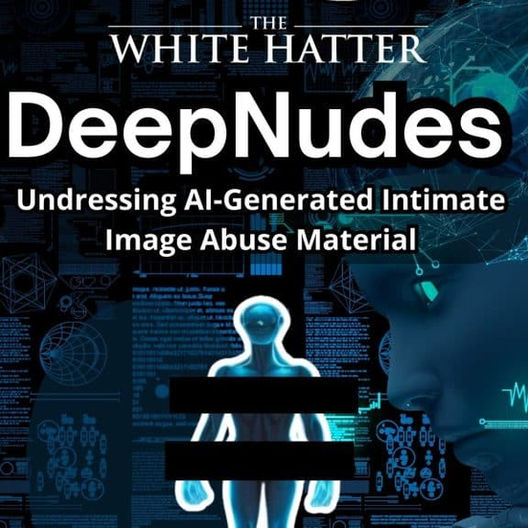Why Technology Alone Can’t Solve Our Digital Literacy and Internet Safety Challenges
- The White Hatter

- Jun 12
- 3 min read

As parents and caregivers, it's natural to want the best tools and protections in place for our children, especially when it comes to their use of technology. In today’s onlife world, the internet is a double-edged sword, it’s a space full of learning, connection, and creativity, but also one that harbours misinformation, exploitation, and manipulation. With each new app, platform, or device, the tech industry races to offer technological solutions promising safety, monitoring, and control especially when it comes to artificial intelligence. But here’s the hard truth, we are too focused on technological solutions to what are fundamentally human-based problems. When it comes to digital literacy and internet safety, the real key lies not in code or filters, but in the human factor.
Parental controls, AI-powered monitoring tools, GPS trackers, and screen time limiters are just a few of the tools pitched to parents and caregivers as digital armour. While they have their place, these solutions can create a false sense of security. They can make us believe we’ve done our part simply by installing an app or enabling a setting.
But the dangers young people face online such as cyberbullying, sextortion, misinformation, radicalization, and inappropriate content are rarely about access alone. They’re about relationships, consent, identity, trust, power, and human behaviour. They’re sociological at their core.
No app can teach empathy. No algorithm can model critical thinking. And no setting can replace the value of open, ongoing, and honest conversations between parents and children.
Digital literacy isn’t about memorizing safety rules, it’s about understanding people. It's about teaching our youth and teens how to recognize manipulation, question intent, handle conflict, and navigate risk. It's about helping them understand why people behave the way they do online, and how to respond with resilience, confidence, and clarity.
This kind of learning requires real-life role models and not AI generated companionship apps. It requires presence, dialogue, and engagement. When parents and caregivers ask questions like, “What would you do if someone said something mean to you online?”, “How can you tell if something online is trustworthy?”, or “What would make you feel uncomfortable in a chat or video?”we’re not just quizzing them, we’re equipping them. We’re laying the groundwork for digital resilience and not dependence on tech tools.
The idea that we can “tech our way out” of every digital risk ignores the complexity of youth and teens online lives. Instead, we need a family-based approach rooted in the values we want our kids to embody such as kindness, honesty, curiosity, and accountability.
This means:
Modelling responsible digital habits ourselves.
Being curious, not judgmental, about how and why our kids use certain platforms.
Creating space for tough conversations without punishment or fear.
Teaching consent, respect, and digital boundaries from a young age.
Ultimately, we need to shift our mindset from parental controls to parental connections. The most effective “parental control” isn’t an app, it’s a parent or caregiver who stays connected, informed, and involved. The best protection isn't surveillance, it’s trust and education.
Technology can help, but it can’t replace us. The most powerful safety tool we have isn’t in the cloud or an app store, it’s in our homes, our conversations, and our relationships with our kids.
So let’s stop outsourcing onlife safety. Let’s start investing in the one solution that’s stood the test of time, the connection and protection of the human factor.
Digital Food For Thought
The White Hatter
Facts Not Fear, Facts Not Emotions, Enlighten Not Frighten, Know Tech Not No Tech














